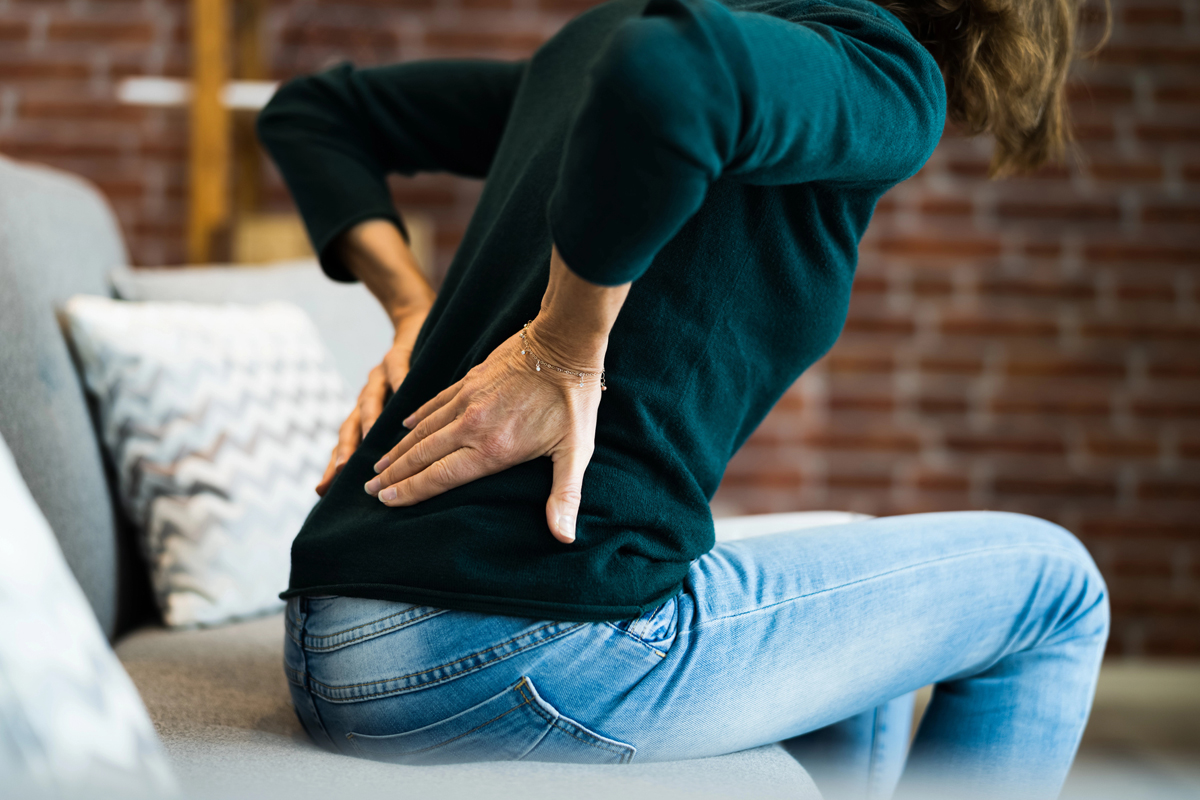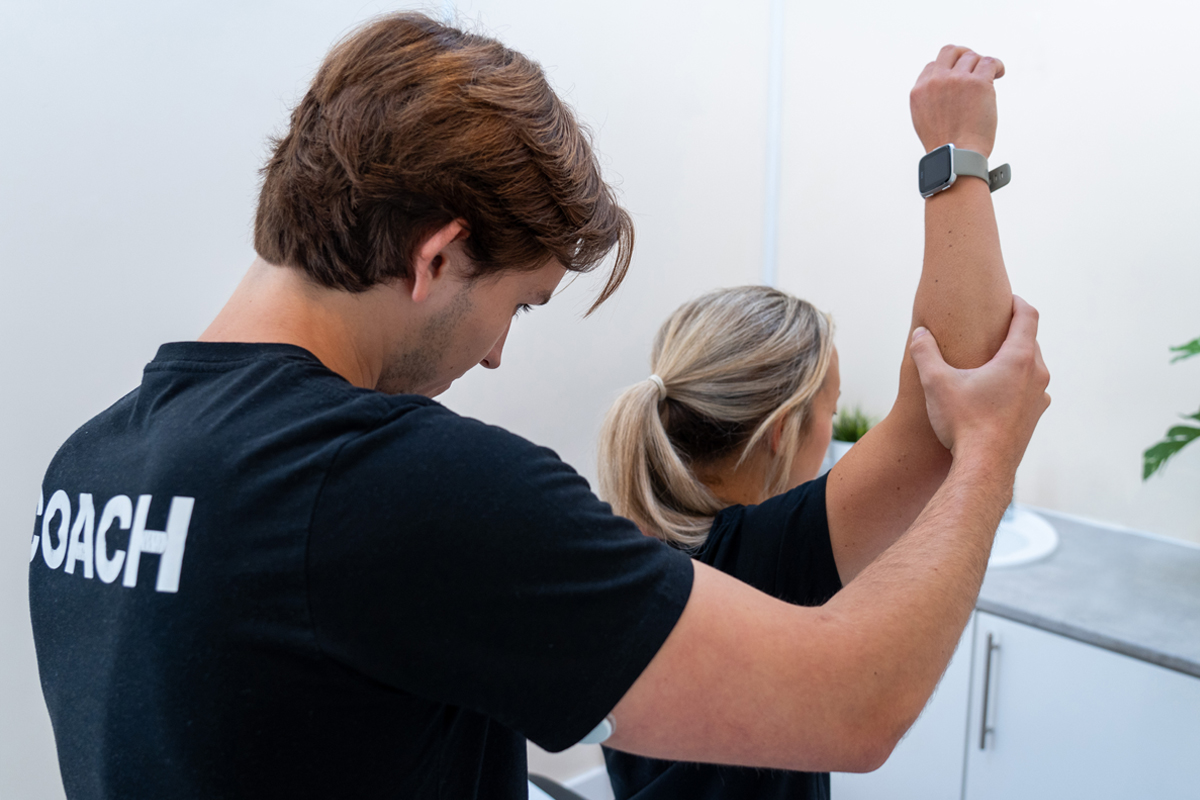
Lower back pain (LBP) is one of, if not, the most common injury complaints, with approximately 60% of adults experiencing LBP at some point in their lifetime. And with as much as 90 to 95% of LBP being non-specific (meaning pain that can’t be attributed to a specific injury or area) it can make it a complex injury for sports physics and therapists to treat and rehabilitate clients.
As we live more sedentary lifestyles LBP is an injury that has been on the rise, a review published by The Lancet in 2018 noted that the one-year prevalence of LBP in developed countries has risen to approximately 38% of the general population, a jump from the estimated range of 25-30% in the 1980s.
Due to the high number of cases there’s a wide variety of causes for LBP, however, the most common cases we treat in the injury clinic are sprains, strains and herniated discs. The root cause of the injury can often be hard to determine, especially if it’s a complaint that has gradually developed over time.
Lower Back Pain Common Symptoms
LBP symptoms can come in many forms, depending on the root cause of the injury, common symptoms include:
- Tightness in the back muscles
- General stiffness
- Weakness in the legs
- Numbness or tingling feeling down the legs
- Pain is aggravated when bending over or crouching
- Pain is relieved when lying down
- Pain is aggravated at certain times of the day
Lower Back Assessment
When assessing any injury it’s important to get a complete picture, in addition to presenting symptoms it’s important to review other potentially contributing factors such as lifestyle, medical history, and any past injuries. When assessing a back injury it’s also important to consider the important role that the hips and nerves play in this area of the body.
The back/spine has four main movement patterns which should be assessed:
- Flexion – Arching of the back (rounding)
- Extension – Curving of the back (reaching down the back of the legs)
- Rotation – Twisting of the back (looking over your shoulder)
- Side Flexion – Compression of one side of the spine (reaching down the side of the leg)
Each of these movements can occur at different segments of the spine (cervical, thoracic, and lumbar), though some areas naturally have more range of motion than others. These movements rarely happen in isolation during daily activities – we often combine them (like when you bend and twist to pick something up), which is one reason why maintaining good movement patterns is so important for back health.
Depending on the findings, it can also be important also assess the hip, as the hip is intricately interconnected to the lower back. There is a chance that the cause may be the hips, with LBP presenting as a symptom of a hip pathology.
And finally, the nerves – weakness in a certain area, a tingling sensation down the legs, or numbness of the back or the lower limbs may signal that the pain is nerve-related.

Treatment & Rehabilitation
When treating a lower back injury, soft tissue therapy can be used to relieve tight muscles. A specific injury rehabilitation program can be prescribed to help strengthen the back and related areas such as the glutes or the hamstrings. Exercises such as deadlifts, Romanian deadlifts (RDL), and glute bridges are just a few great exercises that could help to strengthen the back.
If you are currently suffering with LBP you can book an initial consultation with our Injury Clinic for an assessment, diagnosis and rehab plan to get you back to your best.

